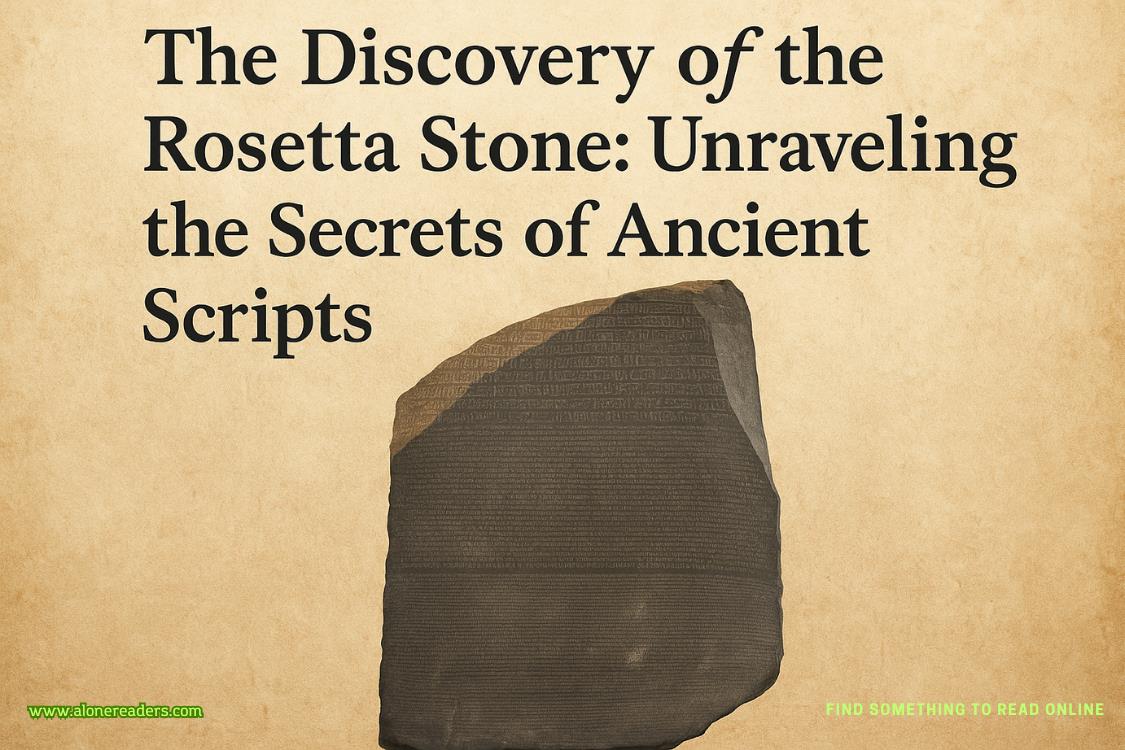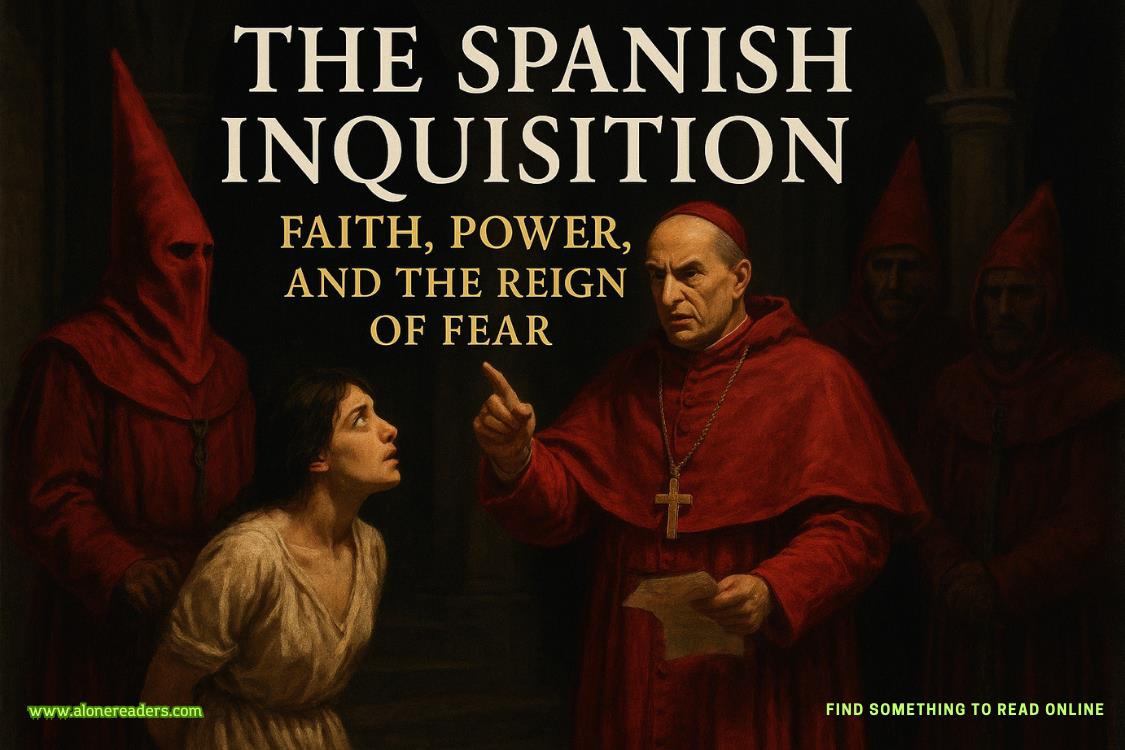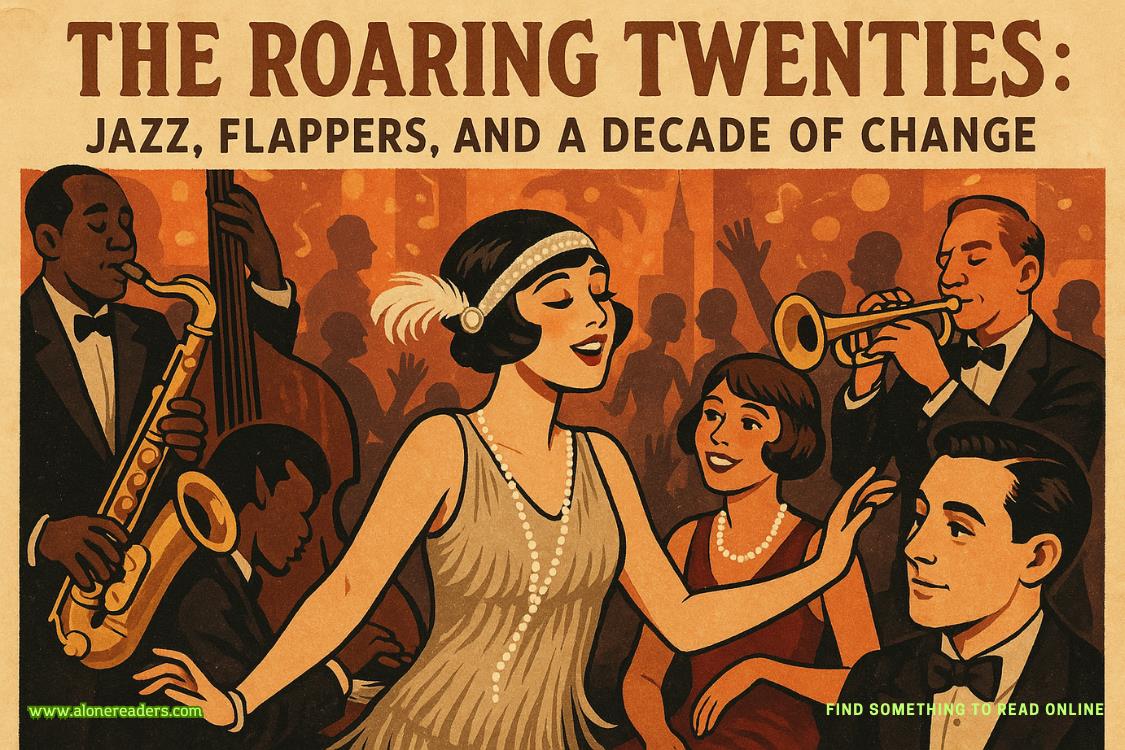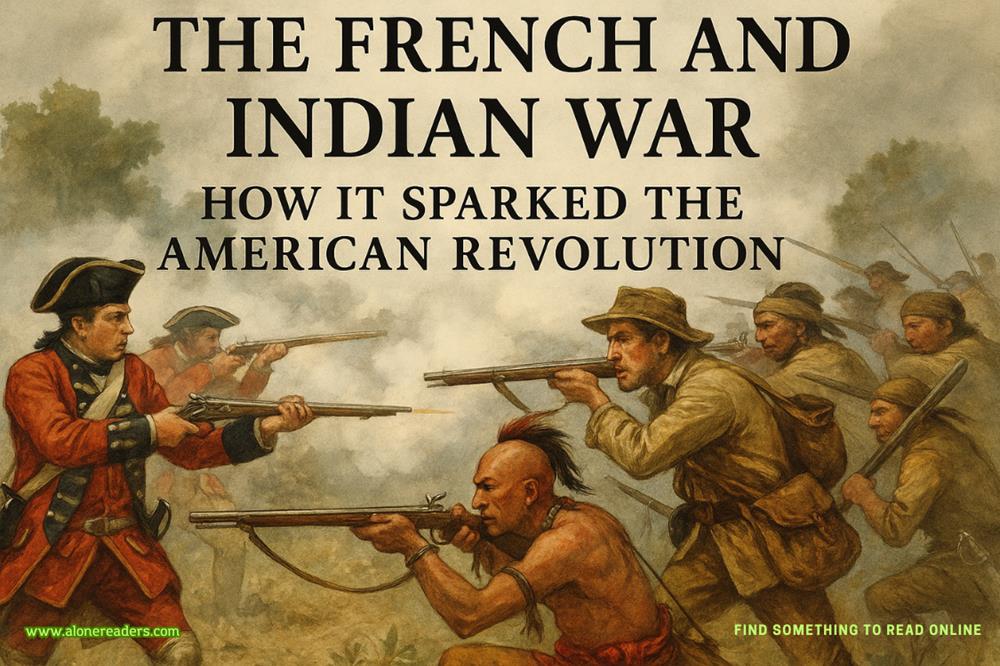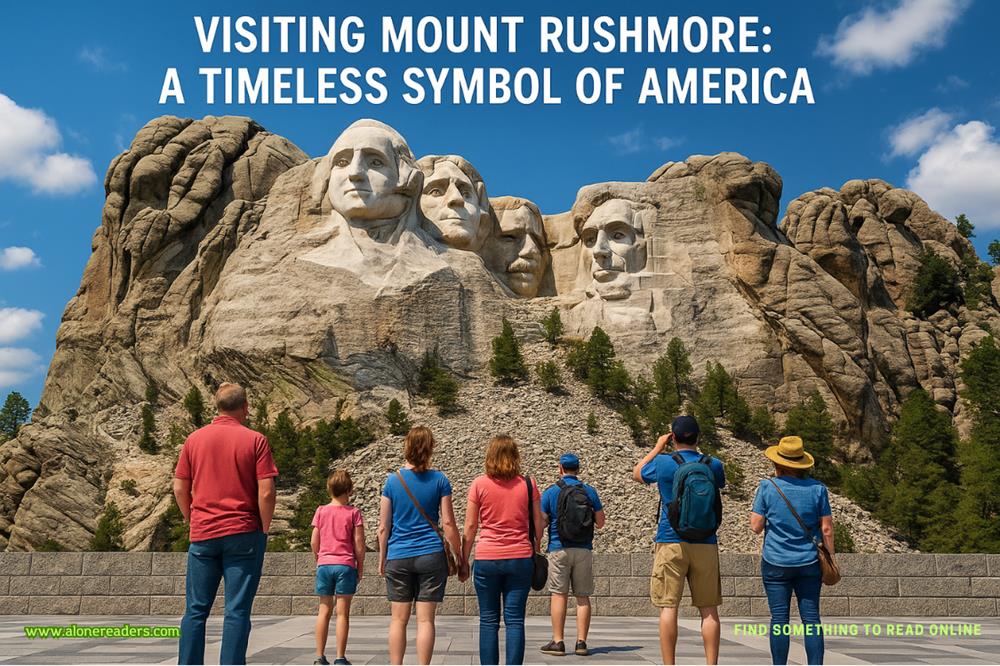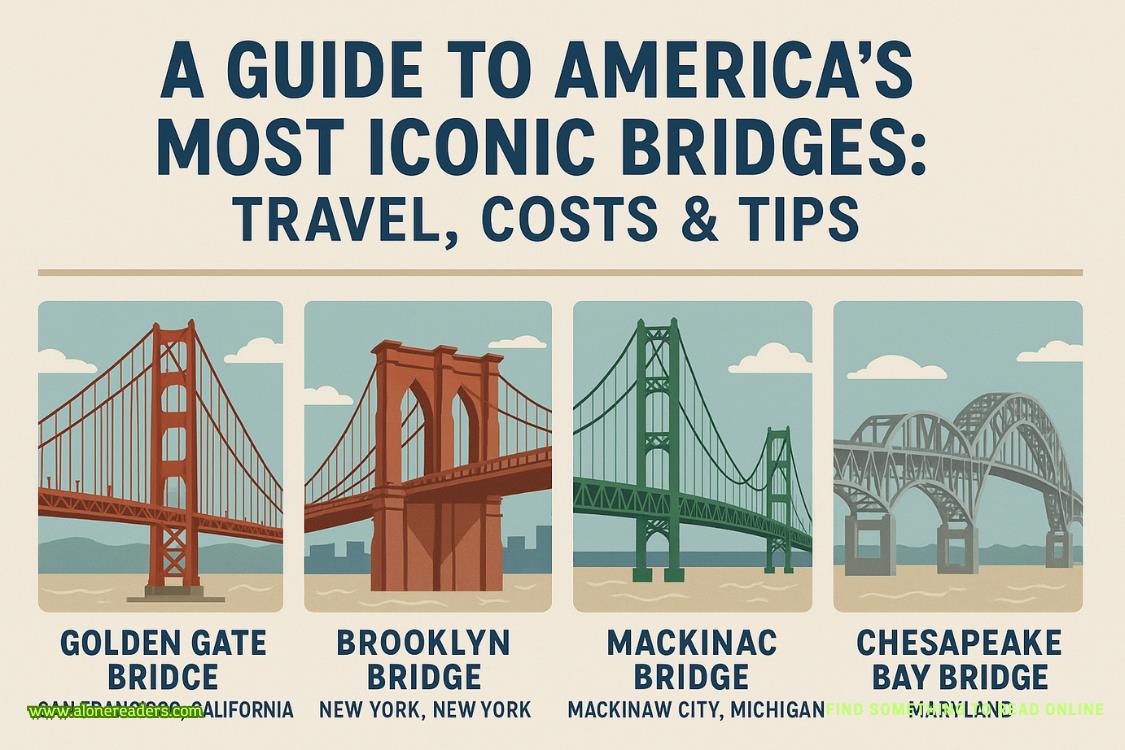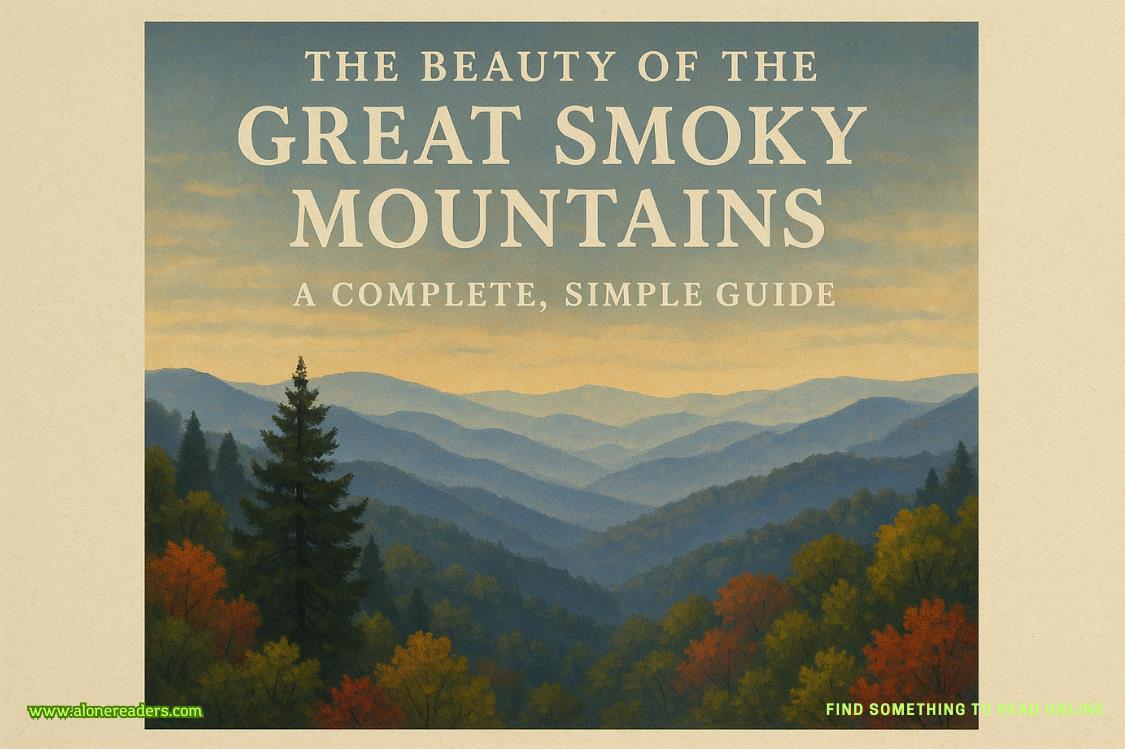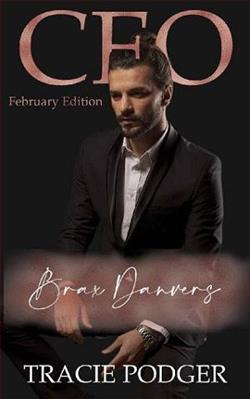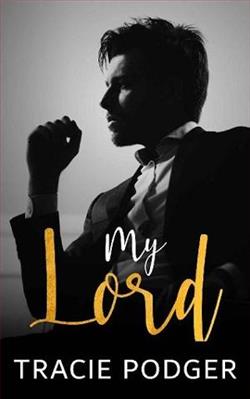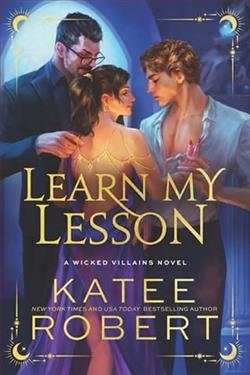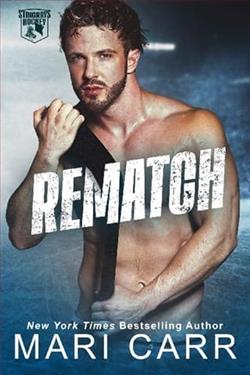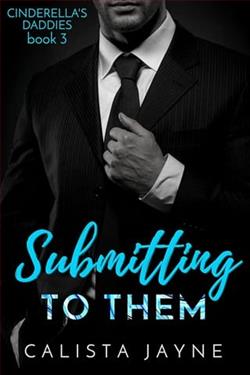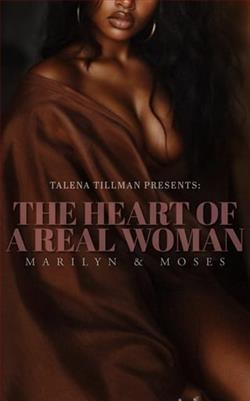Page 20 of Badlands
“It was a woman, and she passed away between two to seven years ago. We’re trying to find out who she was.”
The old woman shifted uneasily, making no response.
“We want to be able to tell her family.”
At this, the woman said, “Where did you find the body?”
“Near the base of that tall black rock mesa a few miles down the road—the one that looks like a stubby finger.”
Now the woman’s face showed traces of alarm. There was a long shaking of her head. “That is a bad place. Ach’idiiplace.”
Nora recognized the Navajo word forghost.
“May I?” Corrie asked. She took out a manila envelope, removed an eight-by-ten photo of the victim’s facial reconstruction, and held it out to the woman. “Did you ever see someone like this come through here?”
The woman took the photo and looked at it a long time. Then she nodded slowly. “About five years ago, she was here.”
Corrie leaned forward, excitement in her face. “Five years? Can you be more specific?”
The woman shook her head. “Time is not that important to me, but it was sometime in the summer. I saw her walk past on the road out there, moving real slow. I was frightened. She looked so strange. I never saw her again.”
“You didn’t know she’d died out by that black rock?”
“I never go there.” She shuddered. “That is a place ofyee naaldlooshii.”
“Skinwalkers, Navajo witches,” Nora translated for Corrie in a low voice.
“I never go there,” the woman repeated.
“Why is it a place of skinwalkers?” Corrie asked.
The woman looked really frightened now. “I don’t know. It’s been that way since the beginning of time.”
12
MAN, THIS GUYmust be loaded!” said Skip, as they eased up the driveway of an adobe house that sprawled along a ridgetop of the exclusive Circle Drive neighborhood in Santa Fe.
Nora didn’t answer. She had debated whether to bring Skip along. Her younger brother could be unpredictable and obnoxious at times, but he also had a way of charming people. After Skip’s misadventure in the Manzano Mountains, he had returned to his previous job as a collections manager at the Santa Fe Archaeological Institute and had lately been complaining about his life being boring. This interview, Nora reasoned, seemed like a harmless diversion.
She pulled the Jeep into an immaculately graveled area in front of an adobe wall with a massive set of carved mesquite doors bossed in brass. As she parked, the doors flung open to reveal the homeowner himself, framed between them and flashing a big smile.
Edison Nash was a famous collector of Indian artifacts. Most importantly to Nora, he owned the only two prasiolite lightning stones in existence—until the other two Corrie had found with the body.
Nash was fit and chiseled, curly black hair flopping over his brow, wearing skinny jeans, a cowboy shirt, and ostrich boots. Nora was surprised; she’d expected someone older, more staid, and standoffish, given his controversial history with the archaeology profession and the Institute in particular. She hadn’t expected someone quite so young and hip—or welcoming.
As they got out, Nash advanced through the gate, hand extended. “You must be Dr. Kelly.”
“Nora, please,” she said.
“Call me Edison.” Nash grasped her hand and gave it a hearty shake, then turned to Skip.
“Skip Kelly,” he said, grabbing the hand with enthusiasm of his own. “Heard a lot about you!”
Nash led them through the gate and up a flagstone path into the house, where they walked into a soaring entryway with diamond plaster walls and skylights. A gorgeous, carved Spanish Colonial chest stood on one side, while a Mexican Baroque reredos depicting the immaculate conception graced the other side. The walls above and around them were decorated with a miscellany of rare artifacts, among which Nora recognized beaded Cree firebags, a Chilkat weaving, and a number of Kwakiutl transformation masks—an array of relics so spectacular that she unwittingly halted and stared.
Nash said, “Welcome to my collection.”
“It’s remarkable.”
